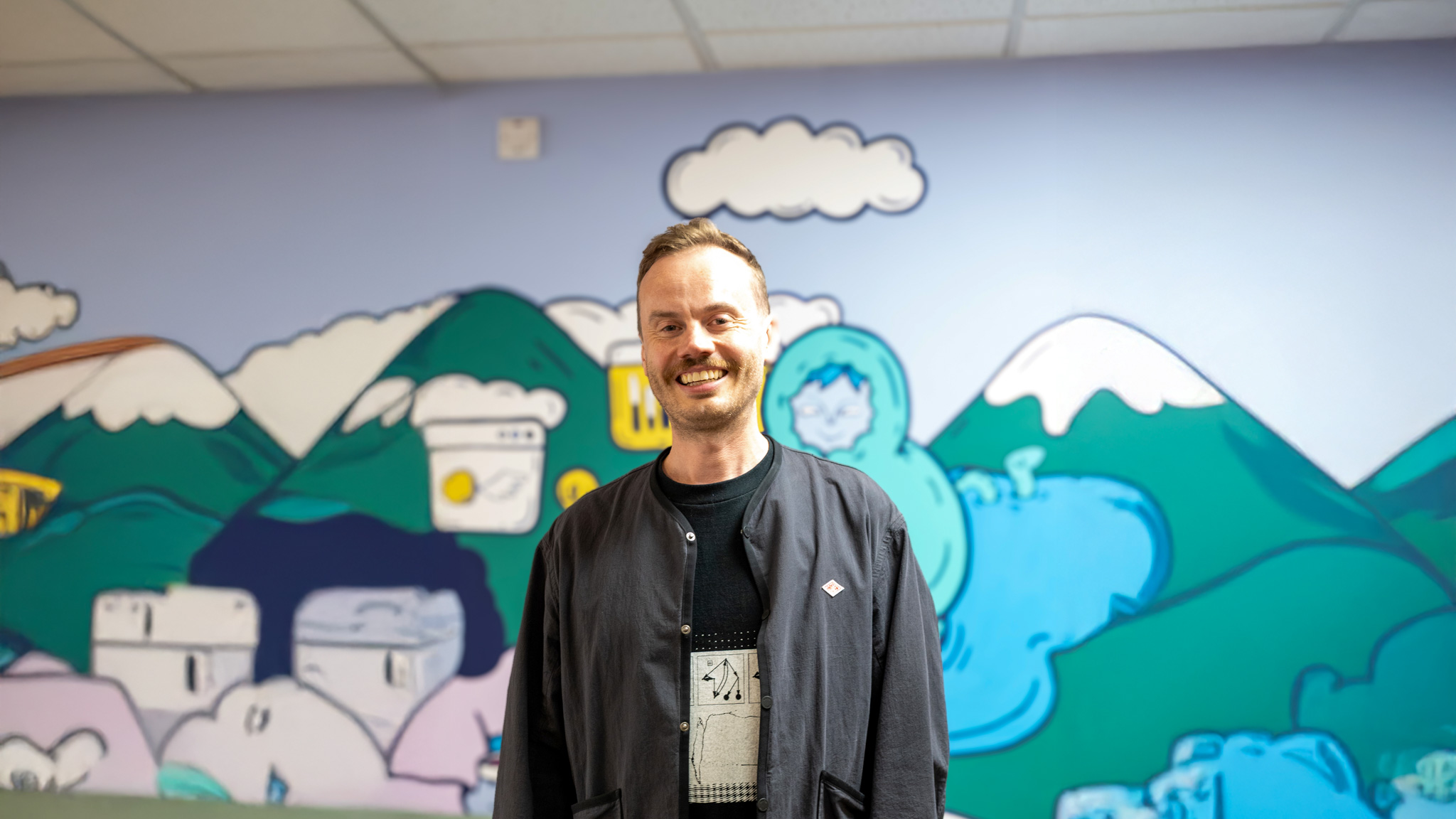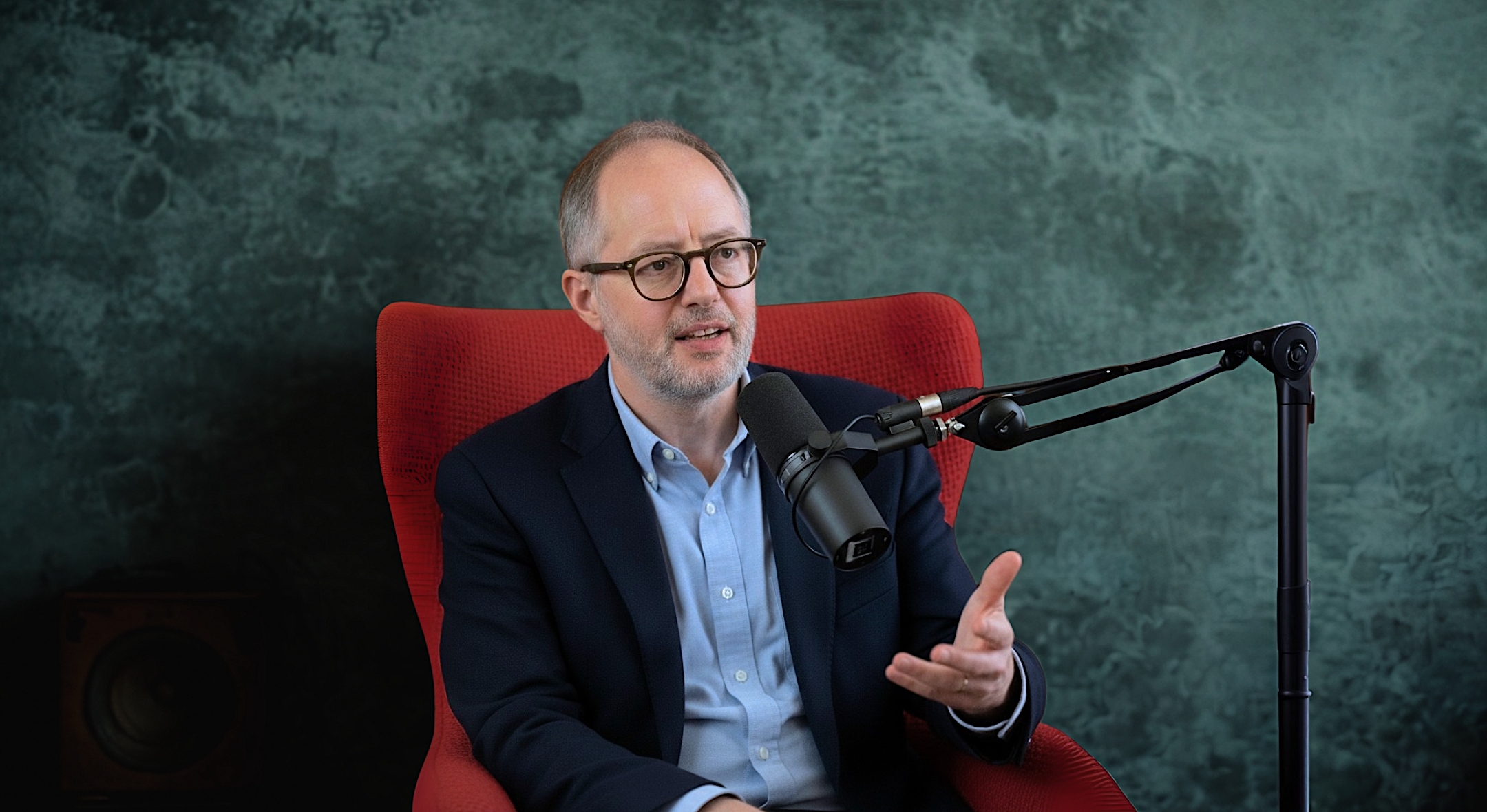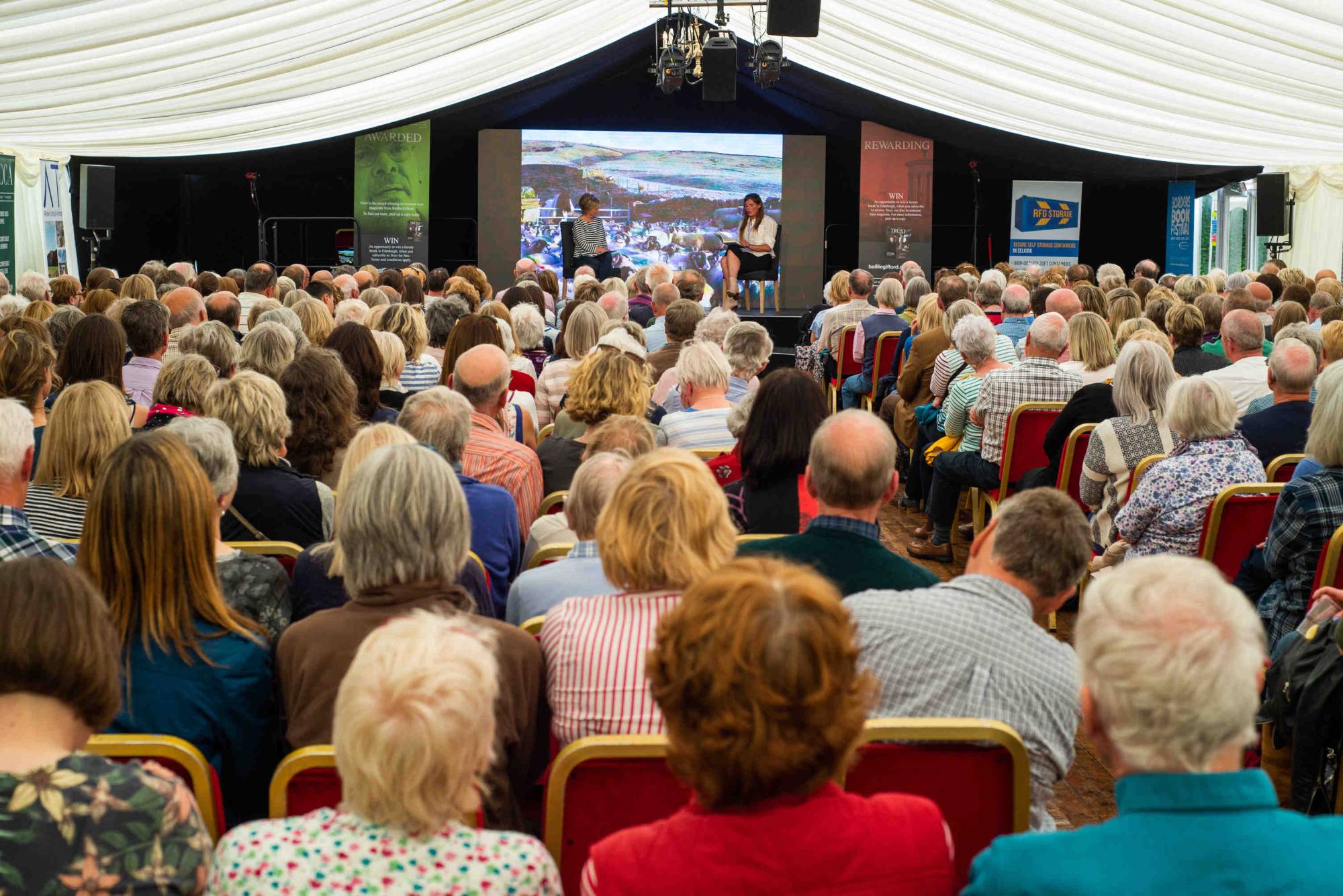Three perspectives from Techscaler founders on building climate solutions that work
Walk into any climate tech conference these days and you'll hear two camps locked in fierce debate. On one side: "AI will solve everything." Smart grids, predictive maintenance, carbon capture optimisation – you name it, there's apparently an AI solution for it. On the other hand: "Generative AI is causing irreparable harm to the environment." The energy demands, the water consumption, the carbon footprint – how can we justify using AI when it's part of the problem? But here's the thing about polarised debates: they often obscure the real work happening on the ground.
In Scotland's growing greentech ecosystem, founders are taking a different approach. They're not chasing AI for AI's sake. Instead, they're using it as a practical tool to solve specific problems – whether that's helping families stay warm in their homes, making renewable energy assets work better, or building the next generation of sustainable computing.
We spoke to three founders from the Techscaler community who are applying AI in very different ways. Their stories reveal something important: the most impactful climate tech isn't necessarily the flashiest. It's the stuff that works.
Making Homes Warmer, Not Just Smarter
Amanda Pickford, Founder of ThermaFY
There’s still work to do, especially around access to data, but if used intentionally, AI can be a real catalyst for change.
At ThermaFY, Amanda Pickford is on a mission to help people live in warm, sustainable homes. Her software takes a whole-house view, assessing how a home performs overall and how people live in it to prioritise the issues that matter most for each person's comfort, affordability, and health.
"After surveying thousands of homes across the UK, one thing is clear: retrofit work without insight often misses the mark," Amanda explains. "Even with new heating systems or insulation, families can be left struggling to stay warm."
AI has become critical to how ThermaFY scales and sharpens their work. "It's not a buzzword for us," Amanda says. "It's a practical tool for turning complex, messy home data into meaningful action." They use AI in several ways:
- Pattern recognition: AI models that analyse thousands of heating surveys to flag recurring issues and recommend interventions that will have the biggest impact on warmth, energy savings, and efficiency.
- Tailored reporting: AI helps turn technical system data into personalised, easy-to-follow advice. Households receive clear explanations of what needs to be done and why, driving better, faster decisions.
- Instant retrofit roadmaps: They’re building a self-serve AI tool that allows households to get a personalised retrofit plan, using a short questionnaire combined with home performance models. It’s fast, accessible, and built to support scale.
- Ask ‘Thermy’: A digital assistant that answers questions on retrofit options, energy usage, and funding, helping households and community workers access relevant guidance any time, without expert support.
"This is where AI becomes powerful: not in creating abstract dashboards, but in helping a family understand how to live in a warm and sustainable home," Amanda says.
Her perspective on AI in climate tech was shaped by a recent trip to Silicon Valley. "What struck me most was the contrast between using AI for innovation's sake, and using it to create meaningful outcomes. In climate tech, we need AI that delivers warmer homes and lower bills, not just smart-looking interfaces."
ThermaFY is now scaling through partnerships with organisations like British Gas and Barclays, as well as community groups, councils, and housing associations.
Building the Hardware for Sustainable AI
Giulia Marcucci, Founder of LumiAIres
The truth is: there's gold in AI, but it needs a better shovel.
While Amanda is using AI to solve climate problems, Giulia Marcucci is tackling AI's own sustainability crisis. At LumiAIres, they build low-energy photonic AI chips that cut AI energy usage by 90% without compromising speed or accuracy.
"The AI and climate conversation often swings between hype and doom," Giulia observes. "Either AI will decarbonise every carbon-intensive industry, or it'll melt the planet with its compute demands."
The scale of the problem is significant. Today's data centres already consume as much electricity as Japan and require staggering amounts of freshwater for cooling. Koomey's Law suggests AI energy demands could equal global energy production by 2050. Moore's Law has stalled as transistor miniaturisation has hit quantum limits, and Wirth's Law reminds us that software is already outpacing what hardware can support.
LumiAIres' solution swaps out silicon electrons for photons and optimises the architecture for specific AI verticals. Their photonic chips are neuromorphic, meaning they mimic the brain's efficiency to run machine learning tasks on a substrate trained by physics, not by code alone.
"What currently requires 300 watts on an Nvidia GPU can be achieved with 10 watts on our prototype, and we see a clear path to getting that down to a single watt," Giulia explains. "But we're not trying to replace Nvidia – we want to augment existing systems, offloading targeted vertical workloads to our chips while the host processors handle the rest."
What makes LumiAIres particularly interesting is their approach to development. "Ironically, we use AI to make AI better," Giulia says. "Our systems are co-designed holistically, with hardware, software, and algorithms developed in a circular, integrated process at every level of the stack. That's where the magic lies."
Based in Scotland and rooted in nine years of Giulia's research across academia and industry, LumiAIres represents responsible innovation in this space. "It means developing tech that's both powerful and accountable. It means enabling smarter AI with a minimal footprint. And ultimately, it means building a future where compute power no longer comes at the planet's expense."
Putting Data Scientists in Every Pocket
Sam Gray, Co-founder & CTO of Energy Mutual
We're keeping humans in the loop to ensure reliability and consistency in what the user sees, for now.
Sam Gray's company, Energy Mutual, tackles a problem hiding in plain sight. The distributed energy sector makes up around 30% of power generation in the UK, but through under-performance of these assets, they estimate that enough energy is lost to power a city the size of Inverness.
"Most large-scale, multi-megawatt energy projects will have a huge amount of streaming telemetry and advanced technical teams in place to analyse this data," Sam explains. "Unfortunately, the same benefit is not typically afforded to the farmer, building manager, or community group."
Energy Mutual's cloud-based platform monitors generation and consumption energy assets in real-time, analyses their performance, and recommends interventions when they're under-performing. "We put the power of an energy manager and data scientist in your pocket," Sam says. "Insights that would usually take weeks to determine now happen in minutes, reducing downtime and ensuring that valuable energy resource is not wasted."
The core challenge is accurately determining the expected power that should be generated by an energy asset under certain resource conditions – for example, if a hydropower turbine should be producing 1,000kW at a given flow rate but suddenly only produces 500kW with the same water flow, there's clearly a problem. Developing these models has traditionally been time-consuming work that becomes an even bigger bottleneck as they scale, given the variety of distributed energy assets and number of variables influencing each machine's output.
This is where AI comes in. "Leveraging AI and machine learning, we've been able to reduce the amount of time and effort required to develop models and onboard new assets by around 50%," Sam says. "Using LLMs to do the high-level analysis of asset data, picking out the key metrics and highlighting potential patterns allows our team to spend their time doing what they do best: deep data analysis and enhancing our software product."
But Sam's approach to AI is notably cautious. "The big challenge has been identifying parts of our day-to-day business that benefit from AI, while simultaneously reducing the risk of reputational damage due to hallucinations and errors," he admits. "We're making extensive use of AI internally to maximise operational efficiency, but for our user-facing product, we prefer to maintain full control over the user experience.”
Looking ahead, Sam sees even more potential. "Making more use of AI alongside our existing dataset, we can put tools that would normally only be available to utility-scale generators firmly into the hands of smaller-scale operators. For example, advanced predictive maintenance to identify problems before they even occur."
The Real AI Revolution in Climate Tech
What emerges from these three stories isn't a narrative about AI disrupting climate tech, but about founders using AI as a practical tool to solve real problems. Amanda is using it to help families stay warm. Giulia is using it to make AI itself more sustainable. Sam is using it to make renewable energy assets work better. They're building solutions that work, not just solutions that sound impressive.
Perhaps most importantly, they're honest about AI's limitations. Amanda talks about the contrast between innovation for innovation's sake and meaningful outcomes. Giulia acknowledges that AI won't solve everything, but argues for better tools. Sam keeps humans in the loop to ensure reliability and consistency.
This grounded approach might not generate the same headlines as promises to solve climate change with AI, but it's building something more valuable: actual solutions that make a real difference. In a world full of climate tech hype, that's exactly what we need.
The three founders featured in this article are all part of the Techscaler community. If you're a founder working at the intersection of tech and sustainability, we'd love to hear from you.



.png)











